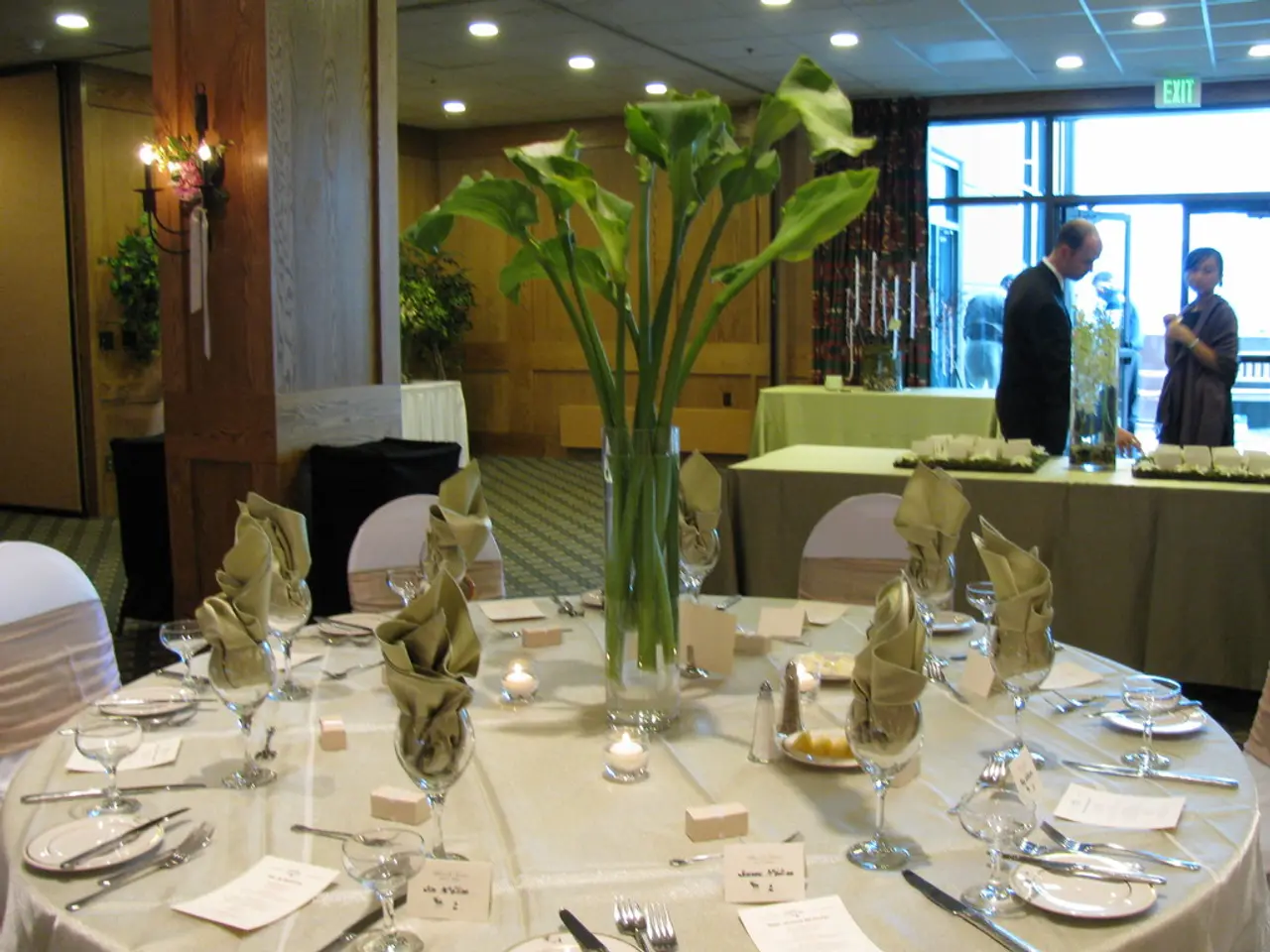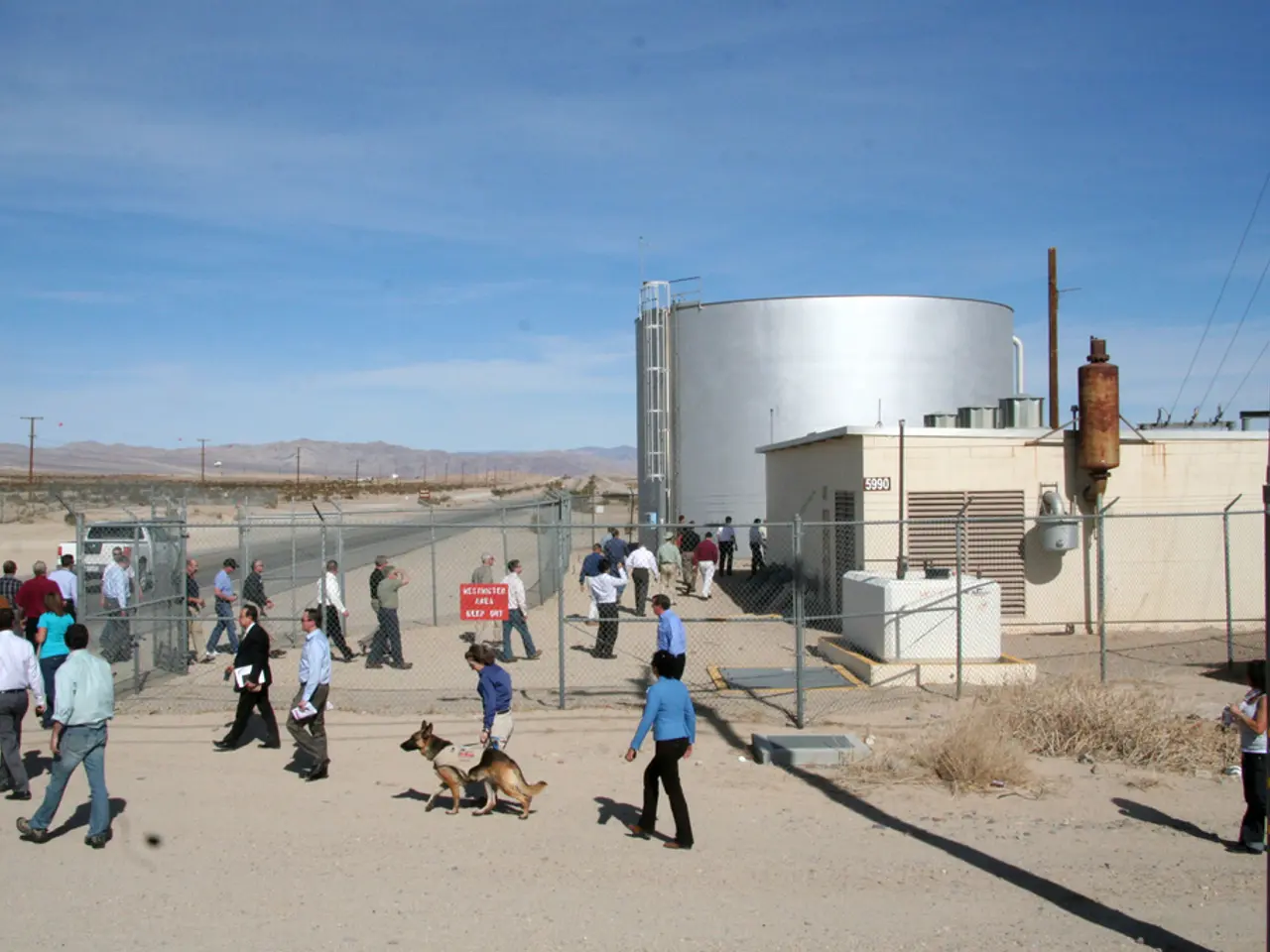Discovering Awe-Inspiring Gems: Tales from Treasured Discoveries
**Unveiling the Formation and Journey of Rare Gemstones**
In the heart of the Earth, under immense pressure and temperature, gemstones are born. These precious gems, such as rubies, sapphires, and emeralds, form through a complex interplay of natural and sometimes human-induced factors.
Gemstones originate deep within the Earth's crust, where high pressure and temperature conditions lead to the formation of minerals like corundum and quartz. Minerals precipitate out of solutions or melts as the conditions change, allowing the formation of crystals. Trace elements can influence the color and quality of gemstones, with chromium giving rubies their red color, for example.
As magma cools or pressure decreases, minerals begin to crystallize, a process that can occur slowly over millions of years, allowing large, flawless crystals to form. Tectonic forces and volcanic activity can push gemstones closer to the Earth's surface, where they are exposed through weathering and erosion.
Gemstones are then extracted from the Earth through mining, often in areas where geological conditions have concentrated them. Some gemstones, like malachite, form through secondary processes involving chemical reactions between existing minerals. Existing gemstones can also undergo alteration due to environmental changes, which can affect their appearance or quality.
For those interested in gemstones created outside natural geological processes, lab-grown gemstones offer an alternative. These are created using methods like the Flame Fusion (Verneuil) process for rubies and sapphires, or the Hydrothermal method for emeralds, which mimic natural conditions but allow for controlled production. Lab-grown gemstones can have similar characteristics to natural ones but are often more affordable and have fewer inclusions.
The journey of a rare gemstone from its natural state to a finished product involves multiple layers of craftsmanship and trade. The sorting of raw gemstones by trained professionals impacts their value and where they will be sold or auctioned. The cutter must balance maximum size with the most aesthetically pleasing shape during the gem-cutting process.
Some rare gemstones include Taaffeite, discovered by Richard Taaffe in Sri Lanka and Myanmar, and Painite, discovered by gemologist Arthur C.D. Pain in the 1950s. Other rare gemstones, like Mahenge Spinel, Red Beryl, and Tanzanite, are found in specific regions around the world, such as Tanzania and Madagascar.
The story of rare gemstones doesn't end when they're dug up; they go through a network of people who sort them, cut them, and get them ready to be sold. Market demand, often fueled by cultural significance or popular trends, can further inflate a gem's price. The Mahenge Spinel, for example, is incredibly rare, especially in larger sizes, and Black Opal displays a dazzling array of colors.
In conclusion, the formation and journey of rare gemstones are a fascinating testament to the power and beauty of nature, as well as the skill and craftsmanship of those who work with them. Whether natural or lab-grown, these precious gems continue to captivate and inspire us.
- In the realm of science, particularly environmental science, trace elements play a significant role in influencing the color and quality of gemstones, such as chromium contributing to rubies' red hue.
- The landscape of fashion-and-beauty and luxury markets has also been impacted by the increasing interest in rare gemstones like the Mahenge Spinel and Black Opal, known for their rarity and unique appearances.
- In the realm of technology, advanced methods like Flame Fusion (Verneuil) and Hydrothermal processes are used to create lab-grown gemstones, mimicking natural conditions but offering controlled production and more affordable options.
- Climate-change and environmental science are important factors in the alteration of existing gemstones, which can affect their appearance or quality due to environmental changes.
- The home-and-garden section of lifestyle magazines often features articles on the latest trends in gemstone jewelry, showcasing the beauty and variety of both natural and lab-grown gemstones.
- Travel is a common part of the journey of rare gemstones, as they are sourced from various regions around the world like Tanzania, Madagascar, Sri Lanka, and Myanmar.
- The food-and-drink industry also intersects with gemstones in unique ways, with some rare gemstones used as food colorants in certain cuisines, like Taaffeite in Himalayan salt.
- The process of sorting, cutting, and polishing rare gemstones requires skilled craftsmanship, impacting their value and aesthetic appeal, making them valued commodities in the trade and auction markets.




